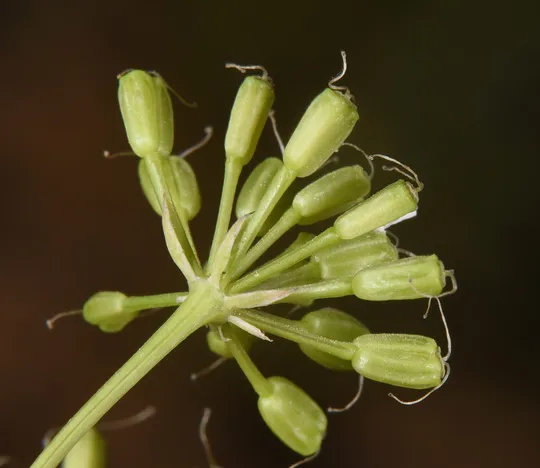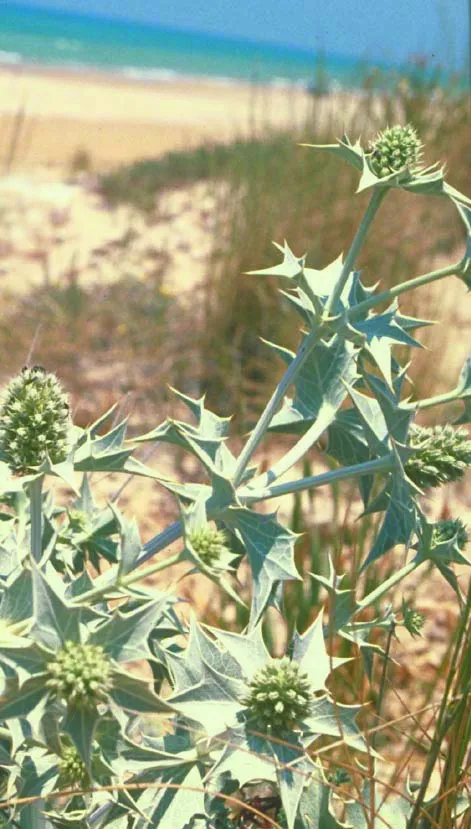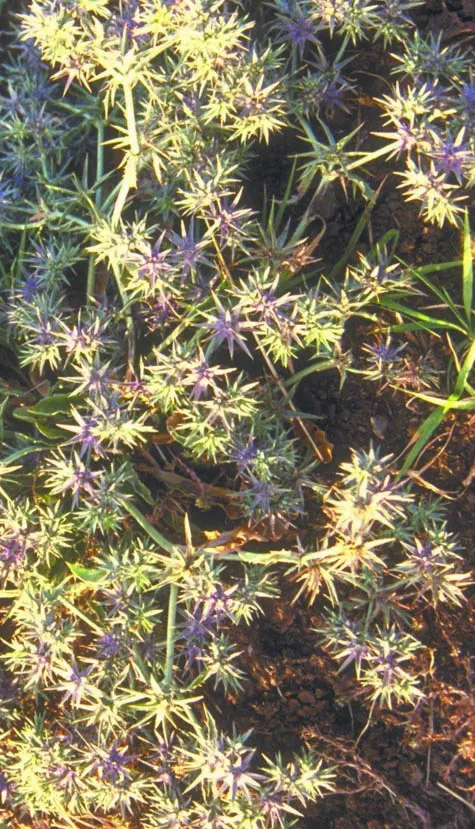Balkan Pignut
Bunium ferulaceum
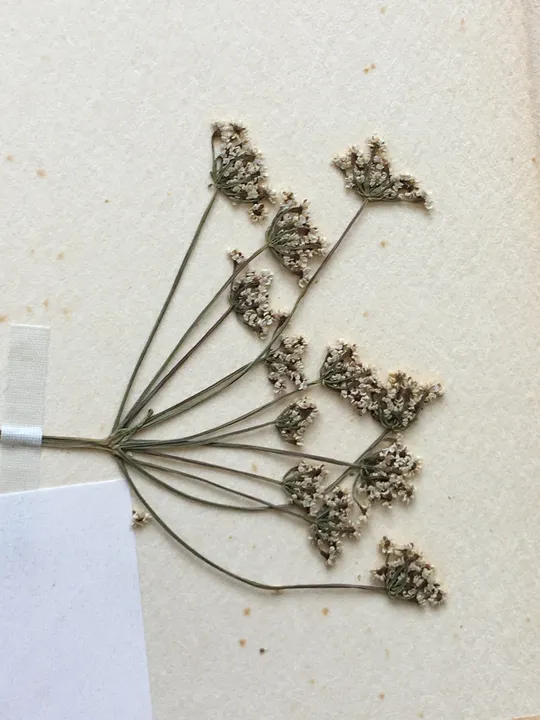
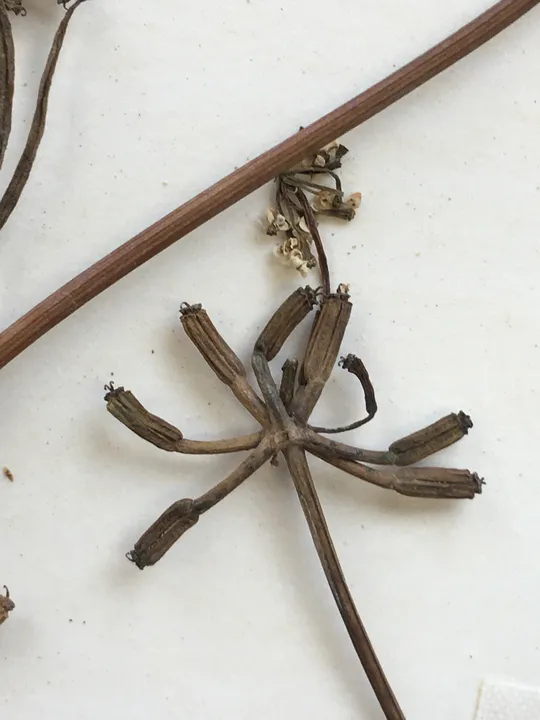

Bunium ferulaceum was collected
in the 1910s to 1950s in the Judean Mountains (Jerusalem) and in Pleshet
(Rehovot, Ramle, Na’an, Giv'at Brenner and Julis). In total it has been
documented from seven sites, although it is extinct from all of them and has
not been found since.
Fields and shrublands.
The genus Bunium includes about 40 species in the
Mediterranean region, in Europe and in western and central Asia. The genus center
is in the Middle Eastern mountains where 17 Bunium species grow.
Previously the Bunium species belonged to the genus Carum. C. carvi (caraway) now belongs to the genus
Carum. Bunium has a round tuber that is absent in the genus Carum.
The tuber roots gave the genus its new name.
The Bunium species are externally similar to Pimpinella
species that are common in Israel; both genera have white flowers set in flat umbels
that create a horizontal landing platform for pollinators (mainly flies and
small bees). However, it is easy to differentiate between the genera by their
fruit: the Pimpinella fruit is hairy or has bristles, whereas the Bunium
fruit is glabrous. Another Umbelliferae genus very similar
to Bunium is Astomaea; it too has a round tuber deep in the
ground, but its fruit is round unlike the fruit of Bunium. The Astomaea
fruit consists of a pair of slightly drooping spheres attached at their heads.
In Israel, three species of Bunium grow. The most
common is B. paucifolium that grows mainly on rocks and in open woodland,
as well as on valley soil in the montane Mediterranean region. The third
species of the genus in Israel is B. pestalozzae.
It is very close to B. paucifolium, which has a tiny style (1 mm or
less) and grows in Israel in the tragacanthic zone on the Upper Hermon. Globally
it is endemic to Mount Lebanon and southeastern Turkey
Bunium ferulaceum is extinct from
all its sites in Israel. As there is no documentation since the 1950s, the
reason for its extinction is unclear, although it is most likely that proximity
to human settlements, development activities, land use change and the
disappearance of traditional agriculture, lead to extinction. It does not
appear in lists of threatened plant species in other countries.
The area in Pleshet
from where it was previously known should be surveyed comprehensively to attempt
to find Bunium ferulaceum
individuals or populations to verify or refute its extinction.
Bunium ferulaceum is found in the
Balkans (mainly Bulgaria), Ukraine (Crimean Peninsula), Greece and the Aegean
Islands, Turkey, Lebanon, Syria, Cyprus and the Caucasus (?). The species was
first described from Cyprus where it grows from sea level to an altitude of 100
meters in fallow fields, roadsides and open Pinus forests.
Bunium ferulaceum is a perennial
geophyte of fields and shrublands that became extinct in Israel in the 1950s.
The plant was rare even before extinction and previously grew in only two
regions on seven sites.
Current Occupancy Map
| 1000 squre meter pixel | 5000 squre meter pixel | 10000 squre meter pixel | |
|---|---|---|---|
| number of observations | 0 | 0 | 0 |
| in total pixels | 0 | 0 | 0 |
| Family | Apiaceae |
| Classification | On the endangered species list |
| Ecosystem | Mediterranean |
| Chorotype | Eastern Mediterranean |
| Conservation Site |
| Rarity |
1
5
6
|
|---|---|
| Vulnerability |
0
0
4
|
| Attractiveness |
0
0
4
|
| Endemism |
0
0
4
|
| Red number |
1
-1.0
10
|
| Peripherality | N |
| IUCN category | DD EW EX LC CR EN VU NT |
| Threat Definition according to the red book | Extinct |
 Based on:
Based on:
